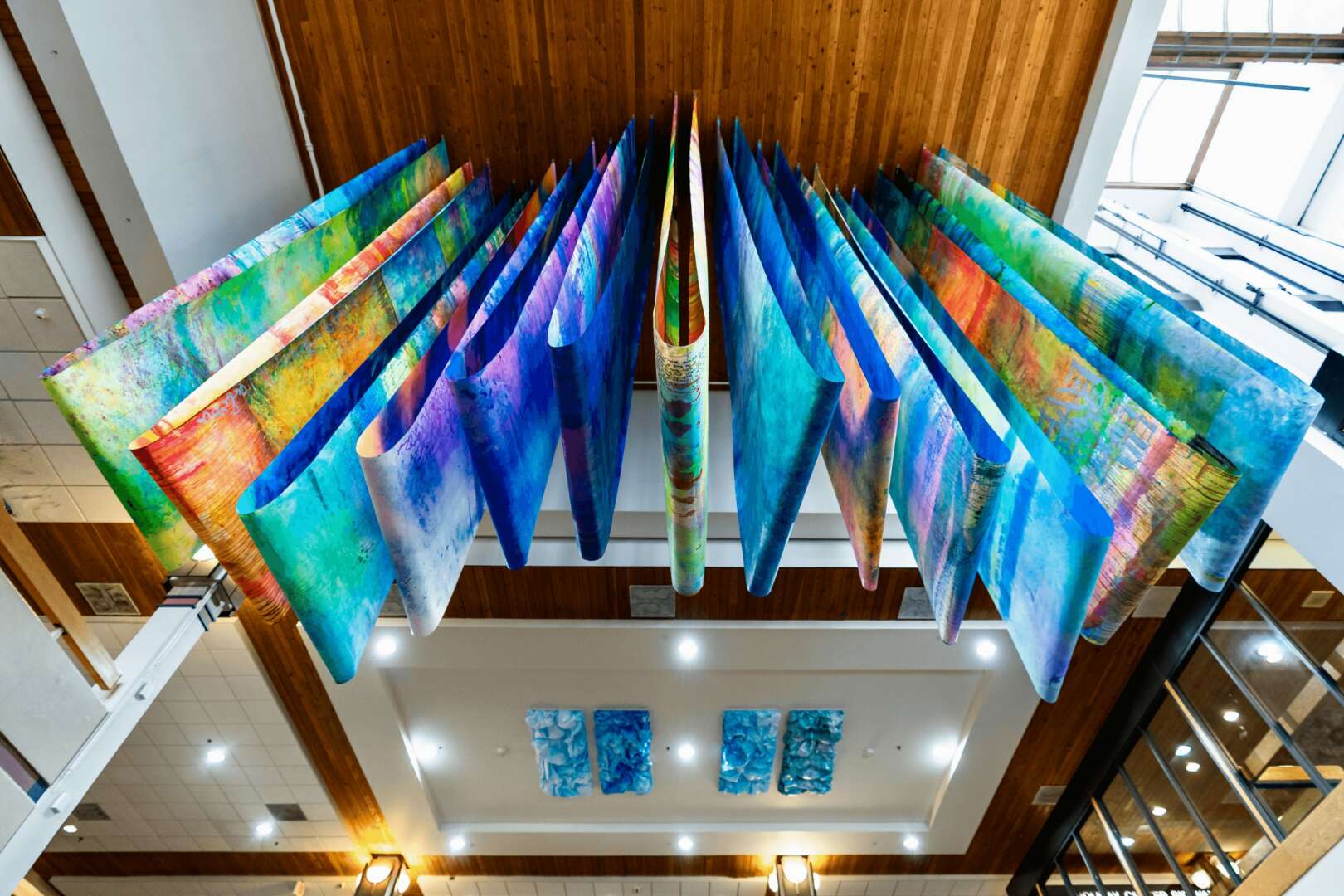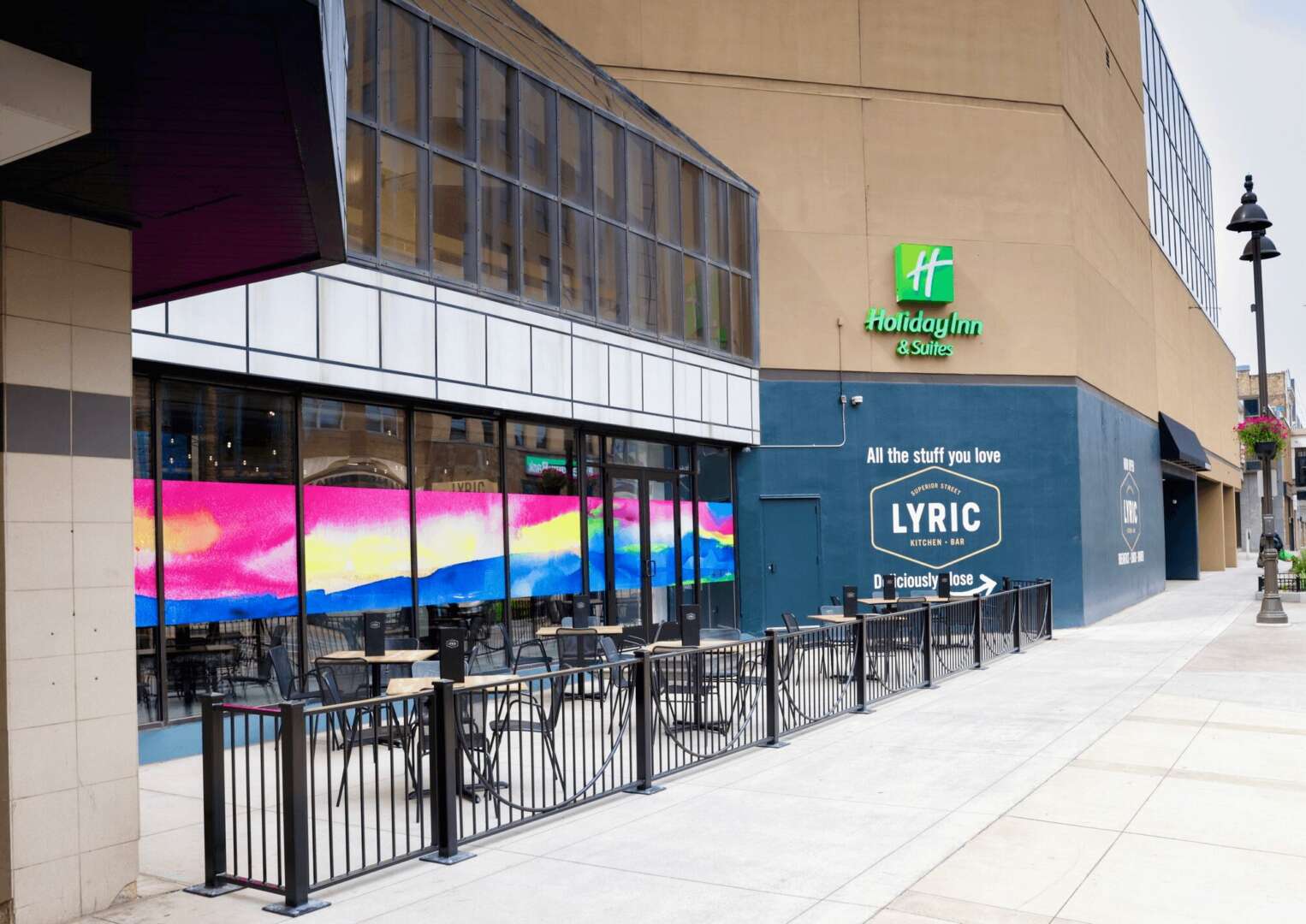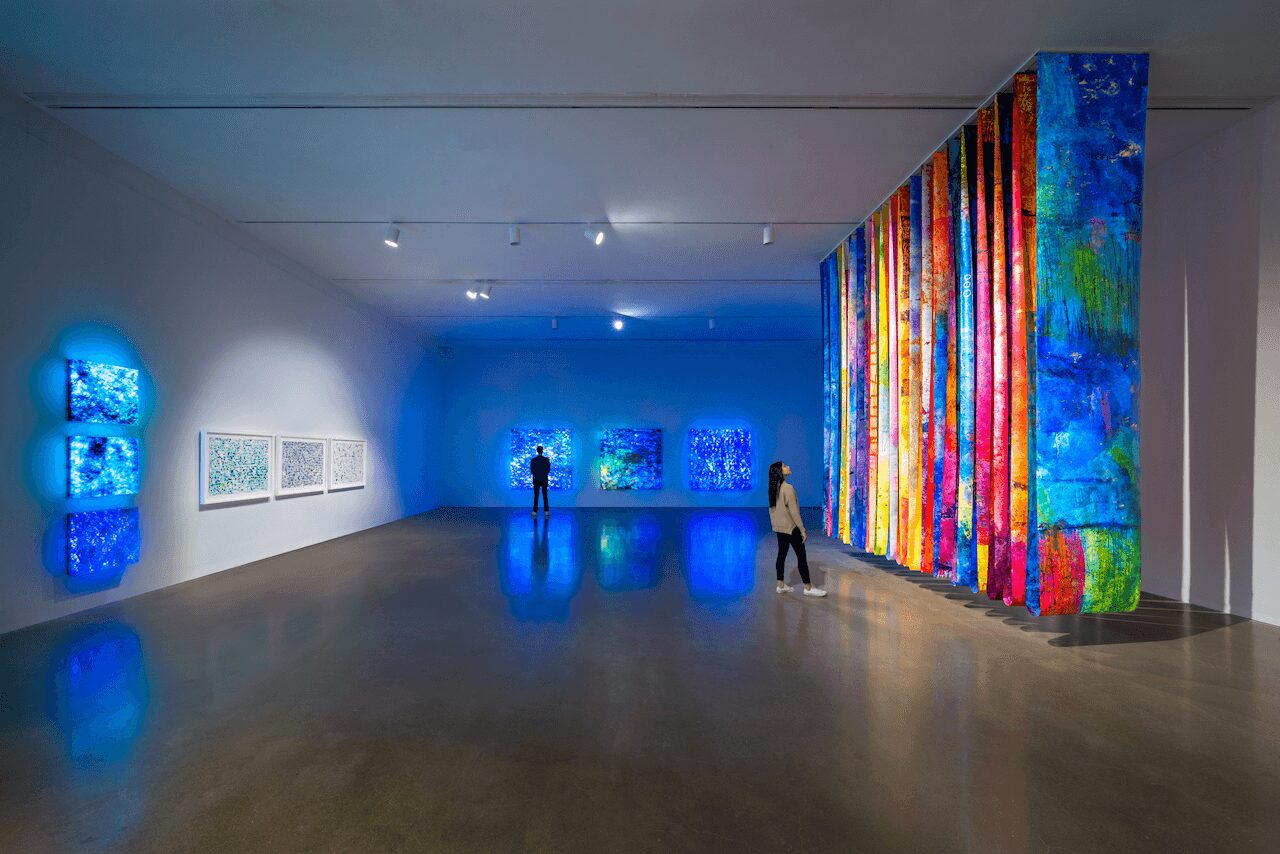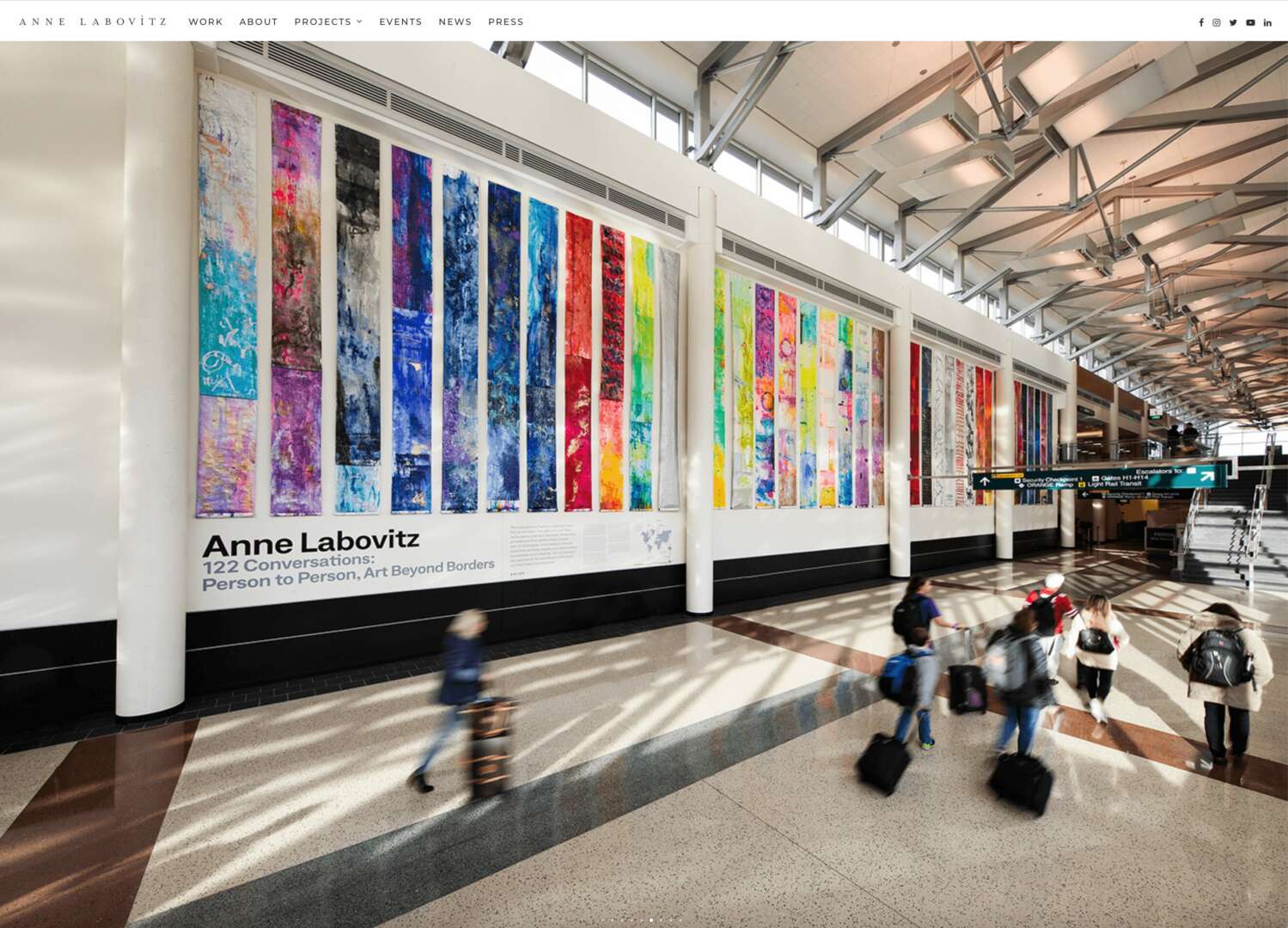We recently connected with Anne Labovitz and have shared our conversation below.
Anne, thanks for joining us, excited to have you contributing your stories and insights. What’s been the most meaningful project you’ve worked on?
122 Conversations: Person to Person, Art Beyond Borders (2013 – current) was an incredibly generative project for me. It is an artist-led, six-year project organized by the Tweed Museum of Art and in collaboration with the Duluth Sister Cities International and the University of Minnesota Duluth, School of Fine Arts. All in, the project engaged with 2500 people through interviews, volunteers, and public participation. The exhibition traveled to Duluth’s five Sister Cities Rania (Iraqi Kurdistan), Växjö (Sweden), Petrozavodsk (Russia), Thunder Bay (Canada), and Ohara Isumi-City (Japan) and is currently on view at the Minneapolis-Saint Paul International Airport.
122 Conversations was a catalyst for three important new work areas: innovative materials, monumental scale, and the importance of socially engaged strategies with communities. These three areas continue to impact my work today.
Most importantly, this project opened up my perspective about size and the possibilities of public art on a monumental scale. In 2017, while installing my project 122 Conversations in Isumi City, Japan, I had a revelatory moment. While hanging my artwork on the interior of an entire three-story city hall building, I realized the artwork became transformational to the building’s exterior through the windows. When I walked out of the city center to return with a fresh perspective, I literally started squealing. At that moment my life changed; I understood three-dimensional space at monumental scale. I have now created more than a dozen large public artworks including several at the Minneapolis-Saint Paul Airport, Minnesota Maritime Art Museum, and at the Holiday Center in Duluth, MN.
My exhibitions and installations often evolve, reflecting tangible marks of connection between viewers and the exhibition experience. For 122 Conversations I interviewed dozens of people – 10 in each country, including the mayor. They were recorded and I listened to them as I made the artworks. At all six venues, the public was encouraged to make a small artwork that hung in the gallery space. They then moved to the next venue.
The idea of connecting my art with public interactions is now a central part of my exhibition making. For example, at the Rochester Art Center the public created work based on the prompt ‘What does well-being mean to you?’. More than 6,000 squares were created. The making of the Well-Being Wall humanizes the viewer in a way that enhances visitors’ experience beyond looking – the artwork comes alive. Everyone can engage in viewing, and experience art on their own terms. Another wall will be created in my exhibition at the Plains Art Museum in November 2024.
Anne, before we move on to more of these sorts of questions, can you take some time to bring our readers up to speed on you and what you do?
I believe art changes people and people change the world. I make paintings, drawings, prints, artist books, suspended sculptures, illuminated lightworks, and public artworks that examine ideas found in contemporary portraiture, color, and the activation of a creative space that connects us.
My work examines themes of isolation, loneliness, and disconnection by activating color, space, movement, and light in large-scale immersive work.
My earliest memories are of my artist grandmother Ella Labovitz painting my portrait, while I tried to sit still. She always gave me a very small token of her appreciation. This is something I have incorporated into my artistic practice in the form of a gratitude practice: I always give participants something as an energetic exchange, like stickers or a fragmented artwork. I started making art as a child and have always loved color. For me, color is energy; a life force. My intention is to provide a platform for visual optimism through light, color, and scale. In college, I studied art and psychology, which has informed my research-based practice. And as soon as I graduated college, I began to work professionally as an artist.
I make my living through selling my artwork, teaching, and public speaking and I love to create artworks and projects that are directly connected to the people, places, and environments they live in.
What do you think is the goal or mission that drives your creative journey?
A driving force in my practice is Martin Buber’s theory of I Thou. As a child, my grandmother, artist Ella Labovitz, painted my portrait while I tried to sit still. Later, when we were painting together, she would read poetry aloud and discuss Buber’s Theory. The way she described it is when you see someone, they see you and everything else fades away. It is something like a spiritual connection, even if it’s only for an instant. In my work, I structure for folks to feel connected and inspired. Color and light can evoke emotion and they are central elements in my work, as is scale.
From my background in art and psychology, I am continually interested in the intersection of health and creativity. I am driven to examine the connection between well-being and the art making process. I recently had the opportunity to speak at Mayo Clinic 2023 Conference on Brain Health and Dementia – Paths to Emotional Wellness (Rochester, MN US), and create several museum exhibitions on this theme. My artwork is often research-driven, with interviews and reading, providing inspiration for artmaking. I aim to create artworks that offer visitors delight, awe, and moments of curiosity.
Can you share a story from your journey that illustrates your resilience?
Because my 122 Conversations project traveled internationally, I needed to create artworks that could fit into a suitcase under 40 pounds. I pivoted from very heavy, cumbersome traditional art materials like canvas to painting on Tyvek. It took me three and half months of hard work to get the Tyvek vapor barrier (construction material) to accept the pigment. I was determined to make it work. I find that rigorous experimentation, failure, and the need to pivot can be very generative and drive my practice, opening up years of new inquiries and processes.
Another example is persistence and resilience to hold fast to your dreams. With the 122 Conversations project, no one believed that I could execute the entire project because it was so ambitious. I had to fight for it. I did research and met with stakeholders repeatedly to convince them I could do it. It took several years from inception to beginning execution and then six years to have the project come to fruition. Believe in yourself; do the thing you are driven to do! You are the only human that has exactly your particular background, interests, passions, and agency. Make it happen!
Contact Info:
- Website: labovitz.com
- Instagram: @annelabovitz
- Facebook: https://www.facebook.com/labovitz/
- Linkedin: https://www.linkedin.com/in/annelabovitz/
- Twitter: https://x.com/annelabovitz
- Youtube: @annelabovitz
- SoundCloud: https://soundcloud.com/anne-labovitz
- Other: Iloveyouinstitute.com 122Conversations.com



Image Credits
1. Photo by Bailey Tillman (North Shore Blue) 2 I will get you the name ASAP .(North Shore Blue Lyric Mural) 3. Eric Muller (Will to Meaning) 4. Eric Muller (Nexus of Well Being and Art 5. Eric Muller (Well Being Wall) 6. Bailey Tillman (Water Sun Set Memories) 7. David Sherman (122 Conversations) 8. クリエイティブスタジオ小林写真館 (122 Conversations Japan)


